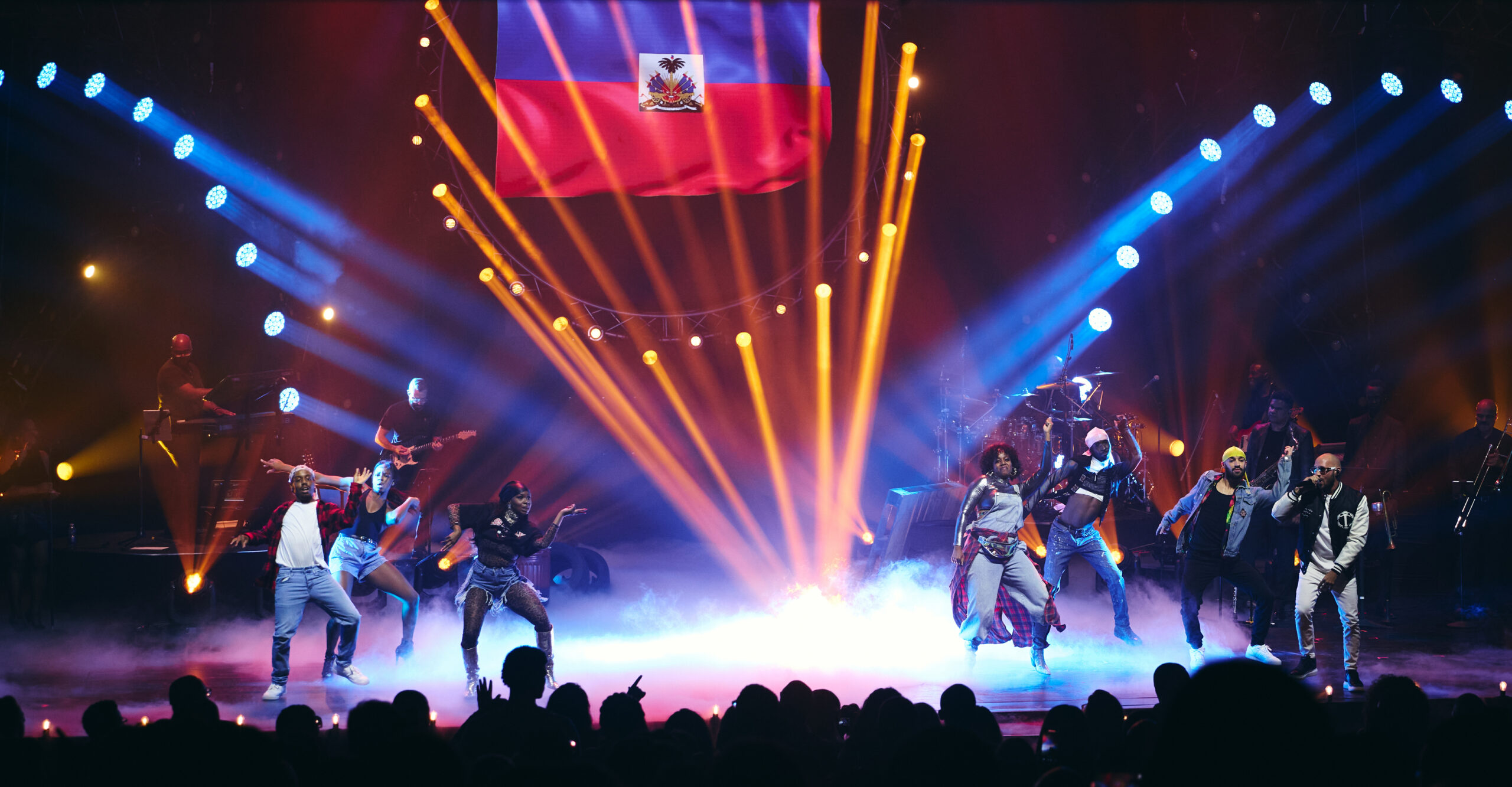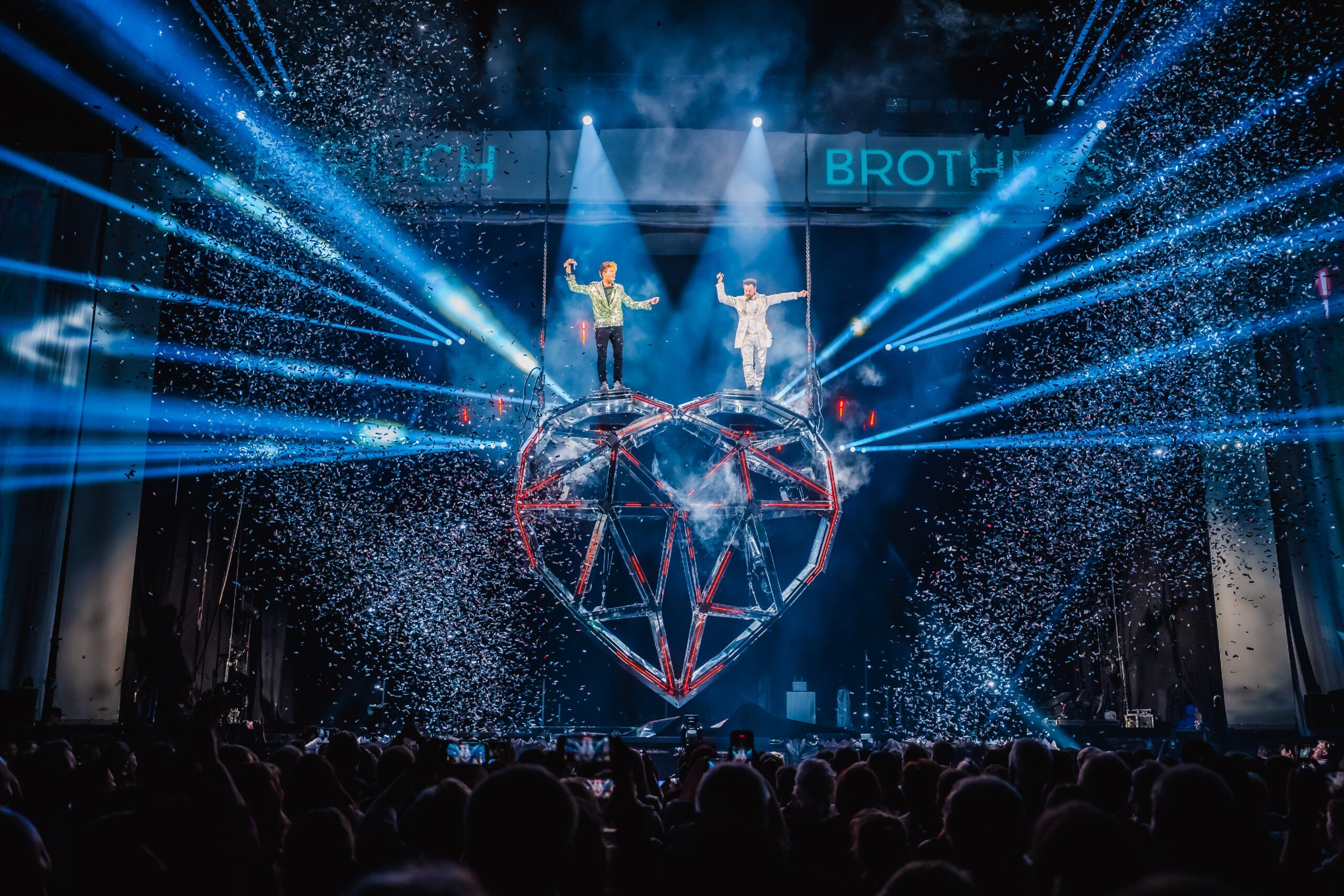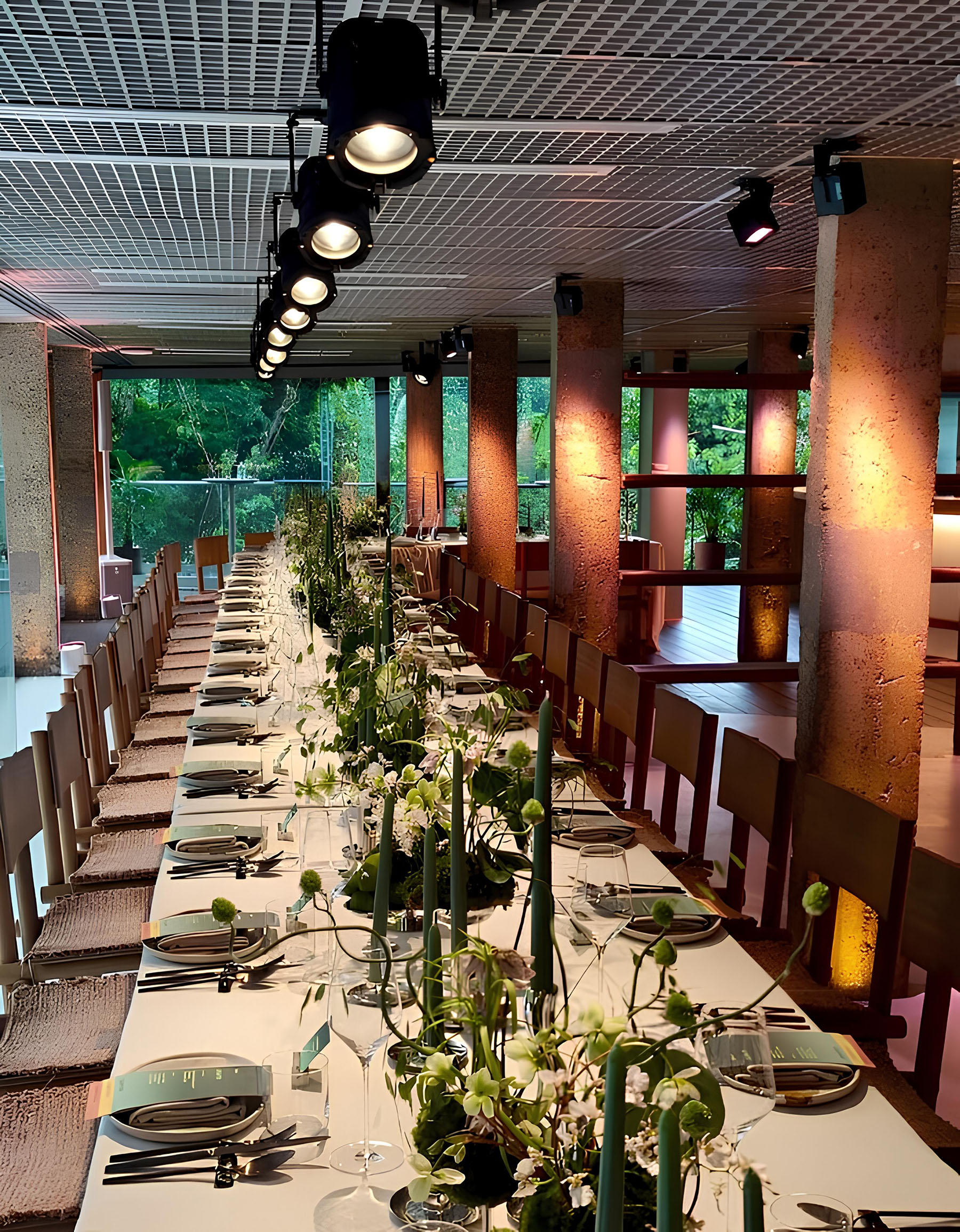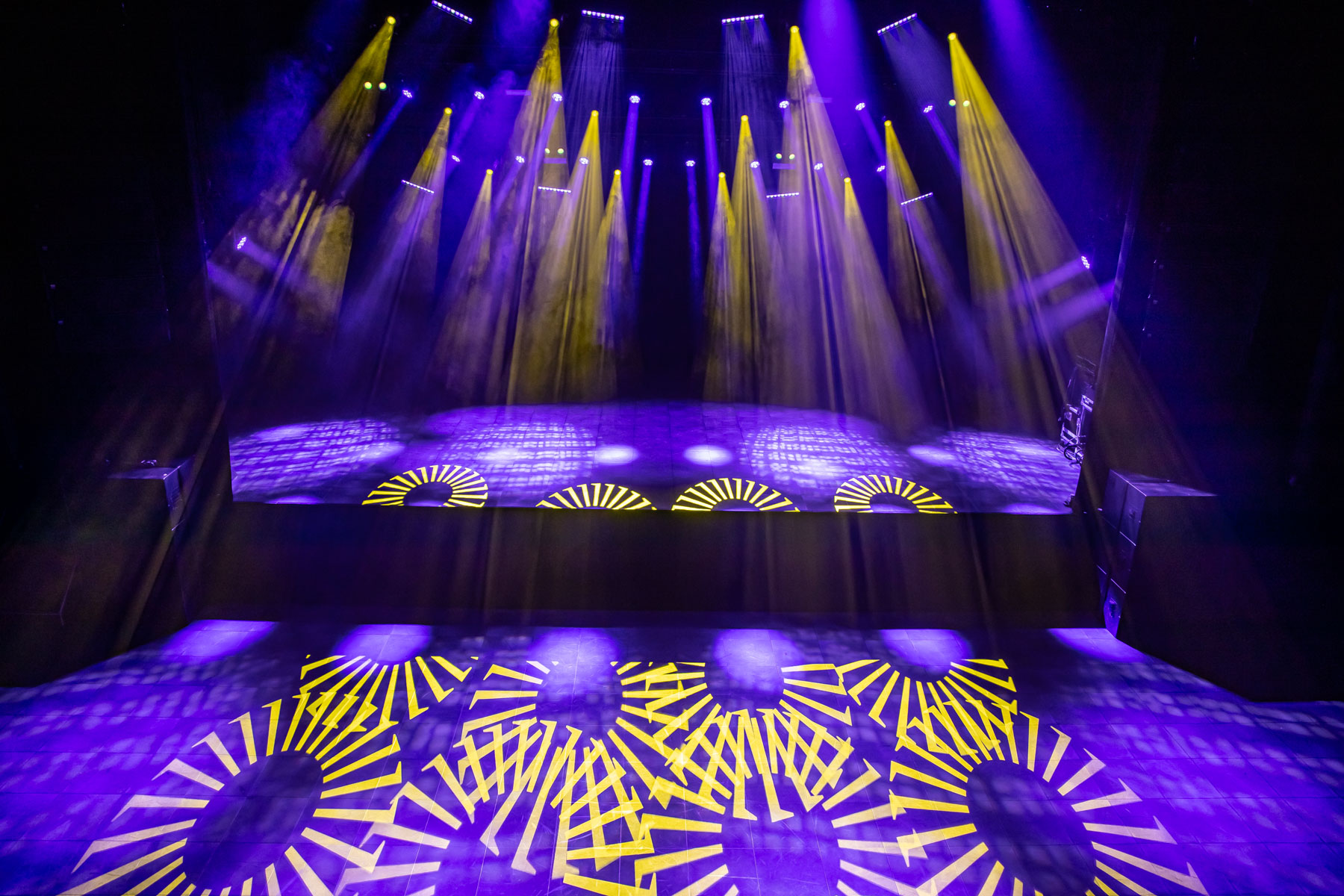LINZ, Austria – For a staging of The Phantom of the Opera by the Musiktheater studio in Bad Leonfelden at Anton Bruckner Private University, lighting designer, programmer and operator Ingo Kelp, used Clay Paky A.leda Wash K10s, Clay Paky Alpha Profile 700s and Clay Paky Alpha Profile 1500s.
More details from Clay Paky (www.claypaky.it):
Andrew Lloyd Webber’s “The Phantom of the Opera” was performed for the first time in 1986. The musical is based on the 1910 novel of the same name by the Frenchman Gaston Leroux. It is the most successful musical of all time: it has been staged in 27 countries and seen by an audience of over 130 million theater-goers.
Lord Lloyd-Webber and the Real Useful Group granted the Musiktheater studio in Bad Leonfelden, run by the Anton Bruckner Private University, permission to put on a series of performances. For this assignment, the lighting designer, programmer and operator Ingo Kelp, used Clay Paky A.leda Wash K10s, Clay Paky Alpha Profile 700s and Clay Paky Alpha Profile 1500s, along with other lights
Ingo Kelp explained his choice of equipment: “Some brands, like Clay Paky, are a must in theaters, not only for their excellent performance, but also for their brightness with – at the same time – extremely quiet operation. We, as a company, and I personally, as a lighting designer, have been working in the theatre industry for over twenty years and we have always invested in quality in order to ensure excellent results. But the work must be fun too. And with lights like these, that is a certainty. The chance to be creative when arranging and setting up the lights and dependable operation are the two basic requirements for a professional production.”
“The different scenes and various settings were not created just with the scenery, but also with the help of the lights,” explained Kelp. “A good combination of moving lights and conventional theatre lighting made this variety possible. For example, the corridors were created entirely with A.ledas and moving lights.”
Kelp Light design & Conception provided the lighting equipment and Kelp Medientechnik GmbH dealt with the audio and video.



